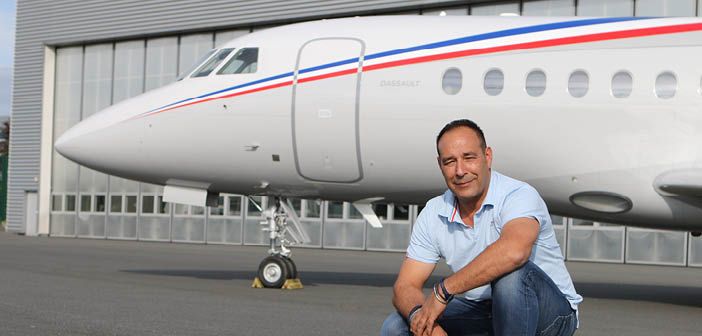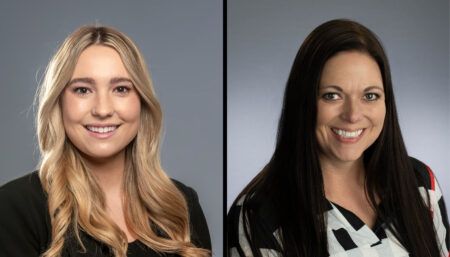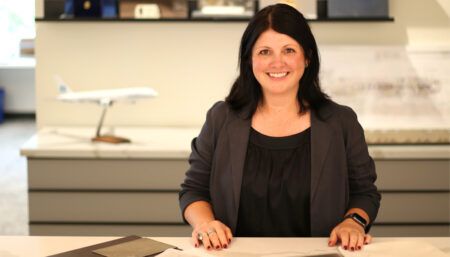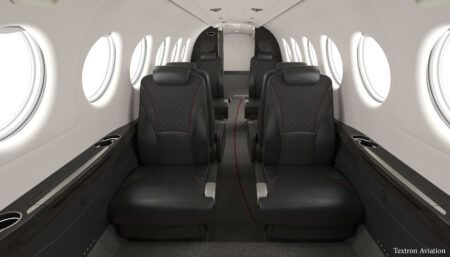Didier Wolff, owner and designer at Happy Design Studio, shares how he created a one-of-a-kind livery for Olivier Dassault’s Dassault Falcon 900EX
How did this opportunity to design a livery for the Dassault Falcon 900EX arise?
In 2011, I had the opportunity to design Olivier Dassault’s new Falcon 10 livery. He came to me a second time for his new 900EX.
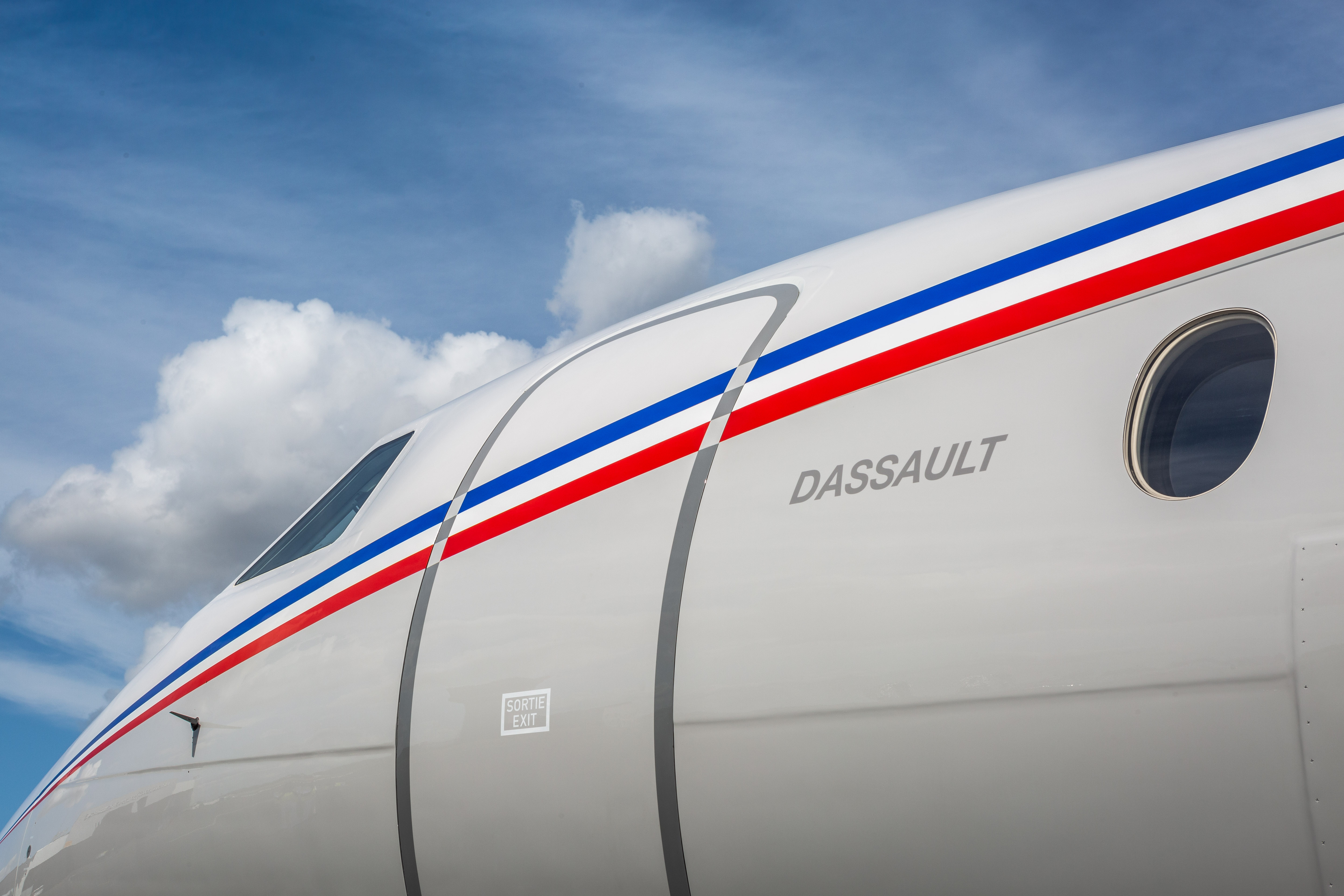
What can you tell us about the design process and your work with the painters rendering the livery?
As a designer, I work alone. My method for each aircraft is to start with a completely blank sheet and create a unique and personal project that reveals the personality of my clients, or their companies, while pushing every technical boundary as far as possible.
When choosing an exterior paint scheme, aircraft manufacturers are often trapped in paradoxes:
how to differentiate themselves from their competitors yet take inspiration from them, and how to produce an exterior that will seduce everyone, even though each client is unique.
I do not perform any market analysis to convince a client that this blue or that green has been favoured by a representative sample of aircraft owners.
I create unique aircraft liveries, and guide and oversee the painting process entirely, to ensure the exact match with the original project approved by my clients. Also, and most importantly, I make sure that it has been painted in agreement with the aviation rules; as they are not subject to any compromise.
My clients come to me because they know that I will be their ambassador throughout the process, from the creation of the livery to the delivery of their aircraft. Everything is based on this trust. The same goes for the painters whose work I guide. Most of the time they do not know me, or they know me by reputation. I must, therefore, create a relationship with them through which they will have the certainty that I am here to showcase their know-how and their talent.

The project took five weeks and 2,600 man-hours to complete. What elements were particularly challenging for workers to render?
The biggest challenge was tracing the curves on the fuselage, because they were executed by hand and eye. Of course, the map shows the main checkpoints to guide us through, but there is always a little interpretation when going to full scale, and that is why I always supervise the painting of my clients’ aircraft.
This time, I used fluorescent orange fishing wire, flexible and slightly heavy, fixed on two sliding points on the fuselage, to help me find and validate the right curve. Then, using very thin tape, we rendered the final curve onto the fuselage.
The other very complex aspect was tracing the white, red and blue points, which start from both sides of the radome – my goal being that my client finds no imperfection when looking at every detail of the livery.
To achieve such a difficult task, I asked an extremely talented model maker, Frederic Vergneres (The Barber’s Kit), to join our team. He spent several hours working on the first 3cm (1.18in) of these lines as he works on a scale model, with the same accuracy. Often, I am told: “But nobody sees that!” But I see it.

There were extreme weather conditions when the livery was painted, which led to it being named Thermidor, after the eleventh month of the French Republican calendar, the height of the summer heat. How did the weather affect the paint process?
During the painting process, the weather conditions were extreme, reaching a climax of 42.6°C and an average of 30°C, which strongly impacts the application of the paint and the varnish. We had to constantly adapt our schedule to the next day’s temperature, anticipating the good times to build the teams accordingly. It was therefore common for us to paint between 5:00am and 6:00am, to follow the paint supplier’s recommendations.
How does this livery compare to other designs you’ve created?
Some people say I have a unique style. Maybe. I visualise an aircraft as an animal; my work is anatomical. For the rest, I keep my secret recipes in my kitchen.
Regarding this Falcon 900EX, I had to imagine a livery at the crossroads between business and military aviation, like the Dassault Company. For that, this livery is very corporate and wise compared to some other projects already made or still on my drawing board. The three lines referring to the French flag are what distinguish the livery, giving it the dignity my client was looking for.
What did you learn on this project that you might use in future?
No project is simple, even if the design seems easy. The painting of an aircraft requires a lot of attention and concentration, and always brings up surprises. I can’t, unfortunately, share what I have learned about this project and what will be useful for the next without revealing my very personal secrets of fabrication.


